| Sandner 2021 |
72 |
|
|
| Author | Ingo Sandner |
|---|
| Title | Die Werkstattpraxis Lucas Cranach des Älteren |
|---|
| Publication | in Dagmar Täube, ed., Lucas Cranach der Ältere und Hans Kemmer.
Meistermaler zwischen Renaissance und Reformation [Lübeck, St. Annen-Museum] |
|---|
| Place of Publication | Munich |
|---|
| Year of Publication | 2021 |
|---|
| Pages | 71-81 |
|---|
|
| Exhib. Cat. Chemnitz 2005 |
380, 381, 385 |
029 (under) |
|
| Editor | Harald Marx, Karin Kolb, Ingrid Mössinger |
|---|
| Title | Cranach Anlässlich der Ausstellung Cranach vom 13. November 2005 bis 12. März 2006 in den Kunstsammlungen Chemnitz. Eine Ausstellung in Kooperation mit der Gemäldegalerie Alte Meister der Staatlichen Kunstsammlungen Dresden |
|---|
| Place of Publication | Cologne |
|---|
| Year of Publication | 2005 |
|---|
|
| Kolb 2005 C |
533 |
|
|
| Author | Karin Kolb |
|---|
| Title | Dokumentation zum Dresdener Cranach-Bestand |
|---|
| Publication | in Harald Marx, Ingrid Mössinger, Karin Kolb, eds., Cranach. Gemälde aus Dresden, Exhib. Cat. Chemnitz |
|---|
| Place of Publication | Cologne |
|---|
| Year of Publication | 2005 |
|---|
| Pages | 526-572 |
|---|
|
| Marx 2005 |
99 |
|
Figs. 15, 16 |
| Author | Harald Marx |
|---|
| Title | Dresden als Cranach-Palast und der 'moderne' Cranach |
|---|
| Publication | in Harald Marx, Ingrid Mössinger, Karin Kolb, ed., Cranach. Exhib. Cat. Chemnitz |
|---|
| Place of Publication | Cologne |
|---|
| Year of Publication | 2005 |
|---|
| Pages | 88-111 |
|---|
|
| Exhib. Cat. Eisenach 1998 |
113 |
No. 13.2 |
Figs. 13.2a-c |
| Editor | Wartburg-Stiftung, Eisenach, Fachhochschule , Ingo Sandner |
|---|
| Title | Unsichtbare Meisterzeichnungen auf dem Malgrund. Cranach und seine Zeitgenossen. Ausstellungskatalog und Tagungsband Katalogteil 1; 2: Werkstatt und Schüler Cranachs; 3: Süddeutsche Meister; 4: Albrecht Dürer und sein Kreis; 5: Rheinische Meister |
|---|
| Place of Publication | Regensburg |
|---|
| Year of Publication | 1998 |
|---|
| Pages | 229-240 |
|---|
|
| Sandner 1998 B |
87 |
|
|
| Author | Ingo Sandner |
|---|
| Title | Cranach als Zeichner auf dem Malgrund |
|---|
| Publication | in Ingo Sandner, Wartburg-Stiftung Eisenach and Fachhochschule Köln, eds., Unsichtbare Meisterzeichnungen auf dem Malgrund. Cranach und seine Zeitgenossen, Exhib. Cat. Eisenach |
|---|
| Place of Publication | Regensburg |
|---|
| Year of Publication | 1998 |
|---|
| Pages | 83-95 |
|---|
|
| Campbell et al. 1997 |
|
|
|
| Author | Lorne Campbell, Susan Foister, Ashok Roy |
|---|
| Title | Methods and materials of Northern European painting in the National Gallery, 1400-1500 |
|---|
| Journal | National Gallery Technical Bulletin |
|---|
| Issue | 18 |
|---|
| Year of Publication | 1997 |
|---|
| Pages | 6-55 |
|---|
|
| Marx 1996 A |
|
|
|
| Author | Harald Marx |
|---|
| Title | Der Katharinenaltar von Lucas Cranach dem Älteren |
|---|
| Publication | in Kulturstiftung der Länder, Staatliche Kunstsammlungen Dresden, Gemäldegalerie Alte Meister, eds., Lucas Cranach der Ältere. Der linke Flügel (Innenseite) des Katharinenaltars von 1506 |
|---|
| Series | Patrimonia |
|---|
| Volume | 115 |
|---|
| Place of Publication | Berlin, Dresden |
|---|
| Year of Publication | 1996 |
|---|
| Pages | 7-61 |
|---|
|
| Erichsen 1994 B |
81 |
|
|
| Author | Johannes Erichsen |
|---|
| Title | Vorlagen und Werkstattmodelle bei Lucas Cranach |
|---|
| Publication | in Claus Grimm, Johannes Erichsen, Evamaria Brockhof, eds., Lucas Cranach. Ein Maler-Unternehmer aus Franken, Exhib. Cat. Kronach 1994 |
|---|
| Series | Veröffentlichungen zur bayerischen Geschichte und Kultur |
|---|
| Volume | 26/94 |
|---|
| Place of Publication | Augsburg, Coburg |
|---|
| Year of Publication | 1994 |
|---|
| Pages | 180-185 |
|---|
|
| Schade, Schuttwolf 1994 |
52 |
|
|
| Author | Werner Schade, Allmuth Schuttwolf |
|---|
| Title | Malerei und Plastik |
|---|
| Publication | in Allmuth Schuttwolf, ed., Gotteswort und Menschenbild. Werke von Cranach und seinen Zeitgenossen, Exhib. Cat. Gotha |
|---|
| Place of Publication | Gotha |
|---|
| Year of Publication | 1994 |
|---|
| Pages | 15-94 |
|---|
|
| NGL 1988 |
32-34 |
|
|
| Editor | The National Gallery, London |
|---|
| Title | The National Gallery Report January 1985 - December 1987 |
|---|
| Place of Publication | London |
|---|
| Year of Publication | 1988 |
|---|
|
| Friedländer, Rosenberg 1979 |
69 |
15 |
Fig. 15 |
| Author | Max J. Friedländer, Jakob Rosenberg |
|---|
| Editor | G. Schwartz |
|---|
| Title | Die Gemälde von Lucas Cranach |
|---|
| Place of Publication | Basel, Boston, Stuttgart |
|---|
| Year of Publication | 1979 |
|---|
|
| Parris 1967 |
|
16 |
|
| Author | Leslie Parris |
|---|
| Title | The Loyd Collection of Paintings and Drawings |
|---|
| Place of Publication | London |
|---|
| Year of Publication | 1967 |
|---|
|
| Posse 1936 |
243-248 |
|
|
| Author | Hans Posse |
|---|
| Title | Lucas Cranachs Katharinenaltar in der Dresdener Galerie |
|---|
| Journal | Pantheon |
|---|
| Issue | 9 |
|---|
| Year of Publication | 1936 |
|---|
| Pages | 242-249 |
|---|
|
| Friedländer 1911 |
25-27 |
|
|
| Author | Max J. Friedländer |
|---|
| Title | Cranachs Katharinen-Altar von 1506 |
|---|
| Journal | Zeitschrift für bildende Kunst |
|---|
| Issue | N.F. 22=46.1911 |
|---|
| Year of Publication | 1911 |
|---|
| Pages | 25-27 |
|---|
|
| Friedländer 1906 |
588 |
|
|
| Author | Max J. Friedländer |
|---|
| Title | Die Ausstellung altdeutscher Kunst in Burlington Fine Arts Club zu London |
|---|
| Journal | Repertorium für Kunstwissenschaft |
|---|
| Issue | 29 |
|---|
| Year of Publication | 1906 |
|---|
| Pages | 582-591 |
|---|
|
| Flechsig 1900 A |
82-83 |
|
|
| Author | Eduard Flechsig |
|---|
| Title | Cranachstudien |
|---|
| Volume | 1 |
|---|
| Place of Publication | Leipzig |
|---|
| Year of Publication | 1900 |
|---|
| Link |
page/n5/mode/2up |
|
| Kugler 1853 |
494 |
|
|
| Author | F. Kugler |
|---|
| Title | Kleine Schriften und Studien zur Kunstgeschichte |
|---|
| Place of Publication | Stuttgart |
|---|
| Year of Publication | 1853 |
|---|
|
| Kugler 1837 B |
128 |
|
|
| Author | F. Kugler |
|---|
| Title | Handbuch der Geschichte der Malerei in Deutschland, den Niederlanden, Spanien, Frankreich und England |
|---|
| Place of Publication | Berlin |
|---|
| Year of Publication | 1837 |
|---|
|
![Altarpiece with the Martyrdom of St Catherine: Saints Genevieve and Apollonia [left wing, verso]](https://lucascranach.org/imageserver-2022/UK_NGL_6511-1_FR015/01_Overall/UK_NGL_6511-1_FR015_2005-10_Overall-s.jpg)
![Altarpiece with the Martyrdom of St Catharine [central panel]](https://lucascranach.org/imageserver-2022/DE_SKD_GG1906A_FR014/01_Overall/DE_SKD_GG1906A_FR014_c1995_Overall-s.jpg)
![Altarpiece with the Martyrdom of St Catharine: St Barbara, St Ursula, St Margaret [right wing, recto]](https://lucascranach.org/imageserver-2022/DE_SKD_GG1906B_FR012/01_Overall/DE_SKD_GG1906B_FR012_c1995_Overall-s.jpg)
![Altarpiece with the Martyrdom of St Catharine: St Dorothea, St Agnes, St Kunigunde [left wing, recto]](https://lucascranach.org/imageserver-2022/DE_SKD_GG1906BB_FR013/01_Overall/DE_SKD_GG1906BB_FR013_c1995_Overall-s.jpg)
![Altarpiece with the Martyrdom of St Catherine: Saints Christina and Ottilia [right wing, verso]](https://lucascranach.org/imageserver-2022/UK_NGL_6511-2_FR015/01_Overall/UK_NGL_6511-2_FR015_2005-10_Overall-s.jpg)
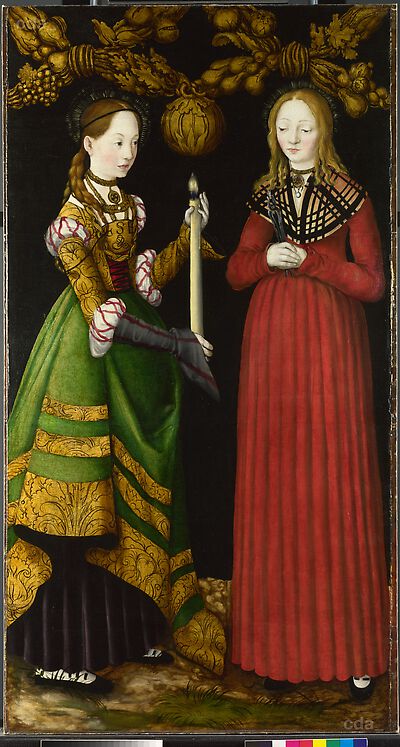
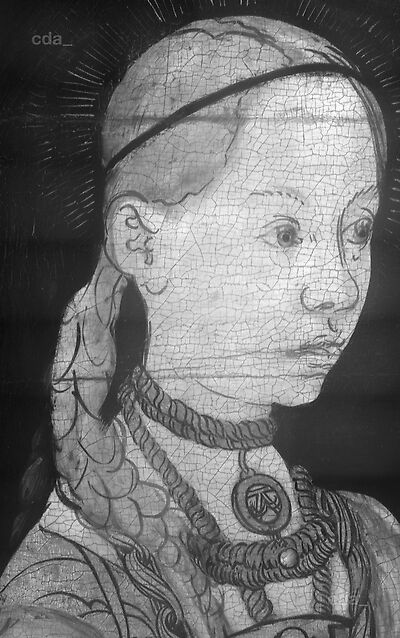
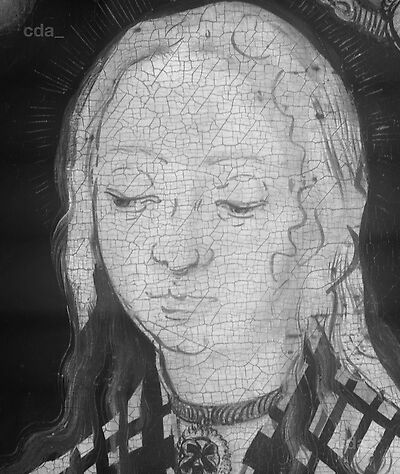
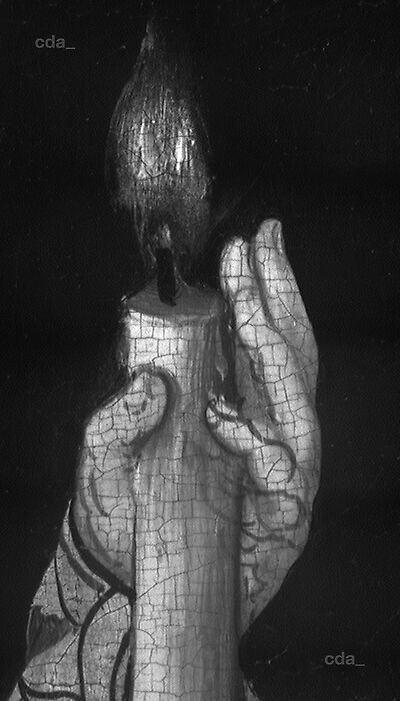
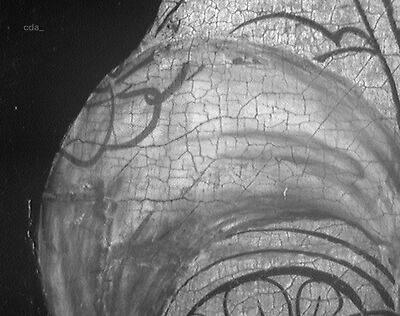
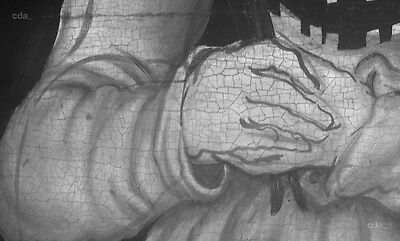
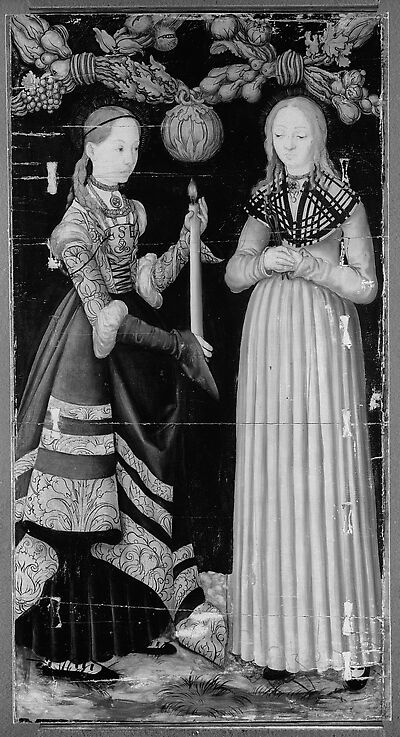
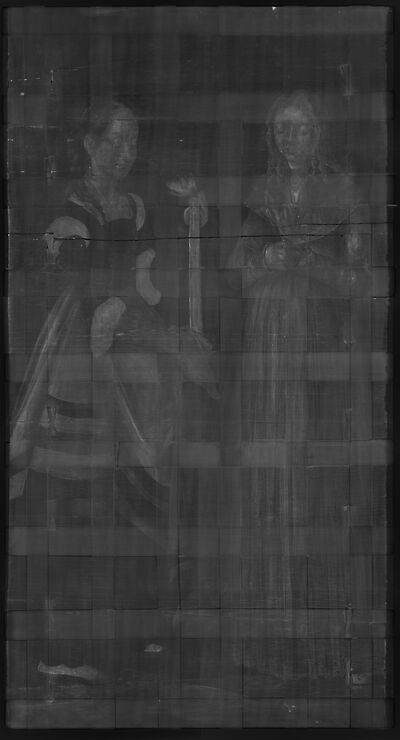


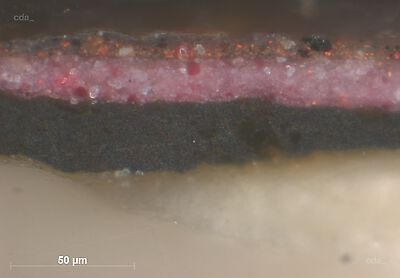

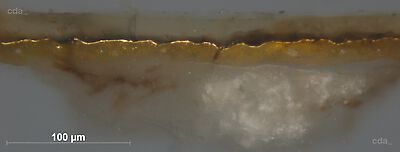
![Sts Genevieve and Apollonia [Copy of the retabel of St Catherine, exterior of left wing]](https://lucascranach.org/imageserver-2022/DE_KsDW_I-187_FR-none/01_Overall/DE_KsDW_I-187_FR-none_Overall-s.jpg)